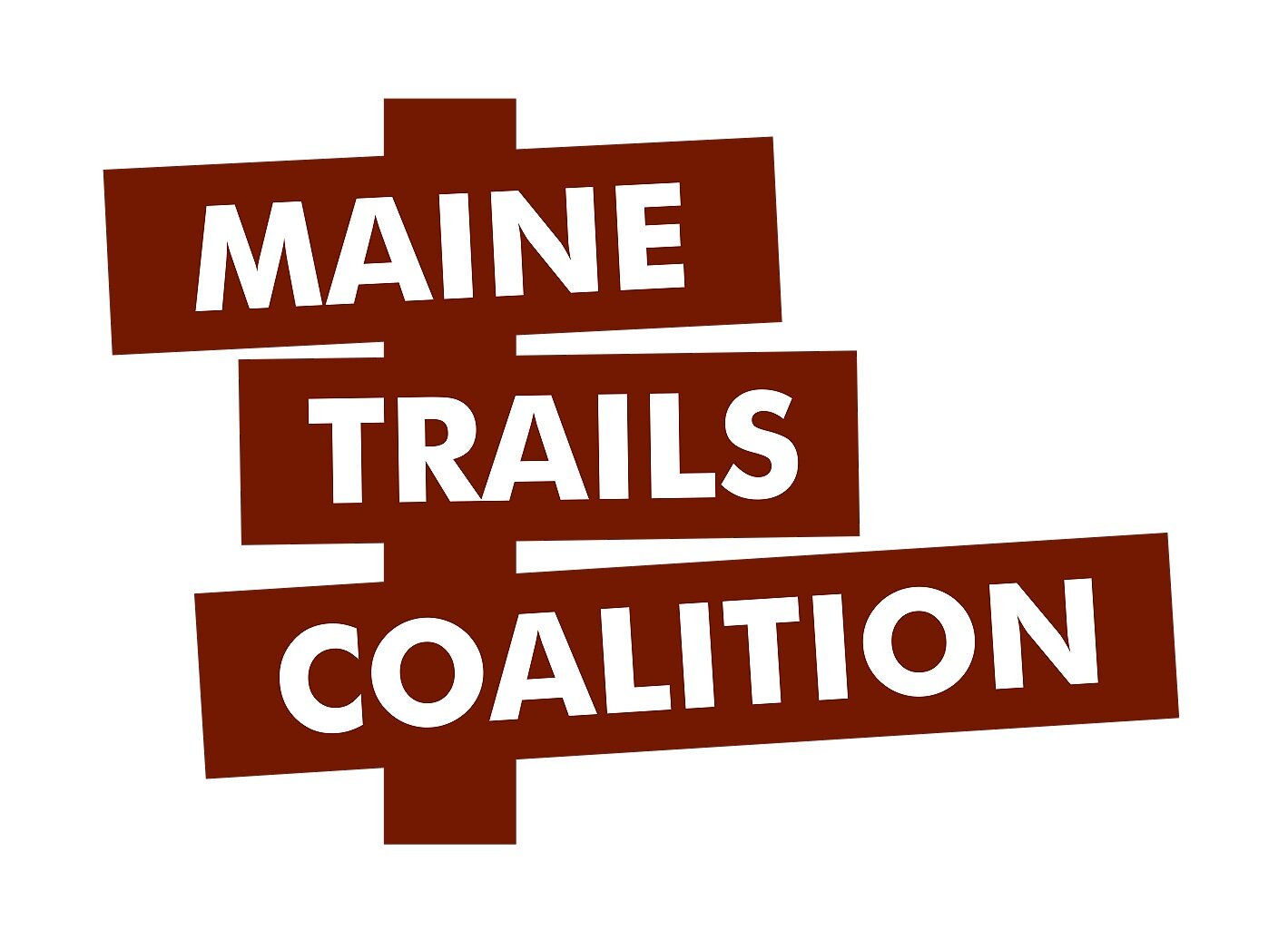
The Maine Rail-Trail Plan
Maine Rail Trail Plan - Released October 2020
Update: Please check out the Maine Active Transportation Arterials webpage for an updated, detailed version of this vision (released May 2022).
“86 percent of Mainers favor creating multi-use trails on unused rail corridors, if the trails could be converted back to railroad use if needed.”
What is the Maine Rail-Trail Plan?
The Maine Rail-Trail Plan (PDF) released in October 2020, calls for the construction of thirteen specific rail-trail projects over the next decade, and at least five prospective projects for development over the following decade. Each of these projects connects with, extends, and regionalizes existing multi-use trail infrastructure. Collectively, these eighteen projects would add roughly 250 miles of inter-connected off-road trails, bringing enormous benefits to the Maine communities they’d serve.
See the Maine Active Transportation Arterials Vision (released May 2022) for a detailed update to this vision.
What about the potential for future train service?
The Maine Rail-Trail Plan calls for the continuing preservation and maintenance of a separate and active rail corridor that can be used to extend future Amtrak, commuter train, and/or freight service from Boston through Maine's largest population centers in Biddeford-Saco, Portland, Brunswick, Lewiston-Auburn, Waterville, and Bangor, and with potential continuing service to Montreal and the VIA Rail Canada network.
April 2023, update: MaineDOT deems passenger rail service to Bangor not currently viable
What are the benefits of creating a Maine Rail-Trail Network?
Regional trail systems provide a broad range of benefits to the communities lucky enough to have them. Implementing the Maine Rail-Trail Plan would:
Promote health and wellness: Trails provide positive returns for state and federal healthcare budgets.
Make communities more attractive to visitors and prospective residents: Trails and walkability are consistently cited as desired neighborhood amenities.
Bring jobs in trail design, engineering, and construction: Trails create more jobs per dollar than any other type of transportation infrastructure construction.
Offer more travel choices: A 2010 national poll found that two-thirds of Americans “would like more transportation options”; in a 2009 national survey, 88 percent of rural Americans said “pedestrian-friendly” transportation facilities were important
Support local economies: Trail-based tourism is a major economic driver in many small communities.
Reduce our dependence on oil: Transportation is responsible for 71 percent of U.S. petroleum use; cutting miles driven and reducing congestion is among the best ways to manage our oil-related economic, environmental, and security vulnerabilities.
The Maine Rail-Trail Plan (PDF) is a living document that the Maine Trails Coalition plans to refine over time in consultation with local communities, regional authorities, state agencies, and the many interest groups concerned with rails and trails throughout Maine.
If you would like to be a part of creating an active transportation network that preserves an inter-urban train corridor, while creating healthy and connected communities throughout the state of Maine through a biking, walking, and running rail-trail system, please contact us below. You can also sign up to receive MTC updates on all trail topics.


